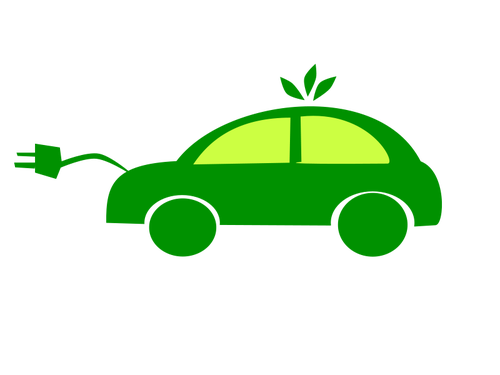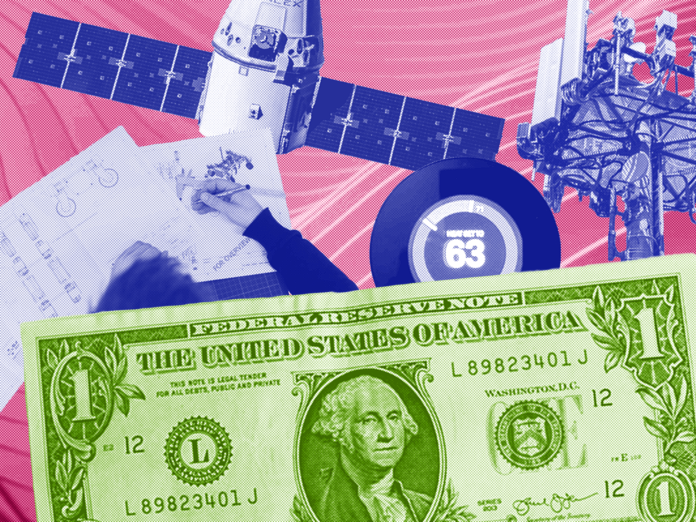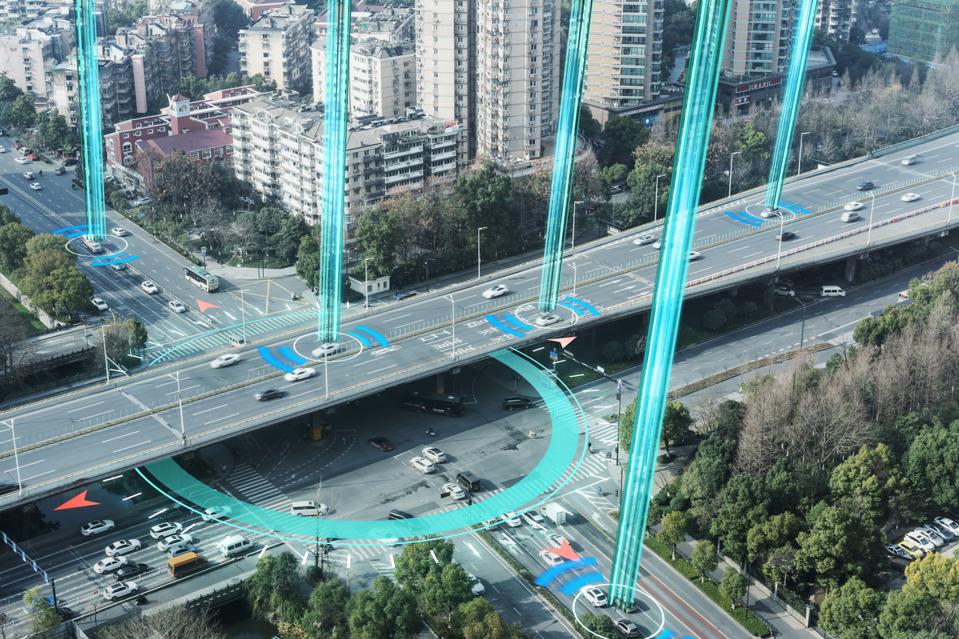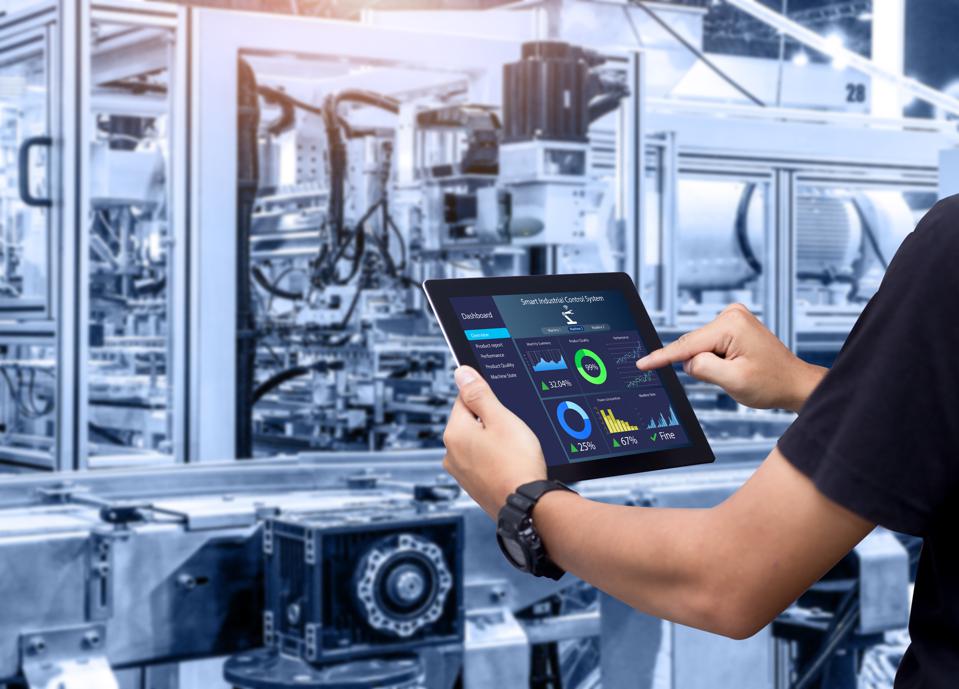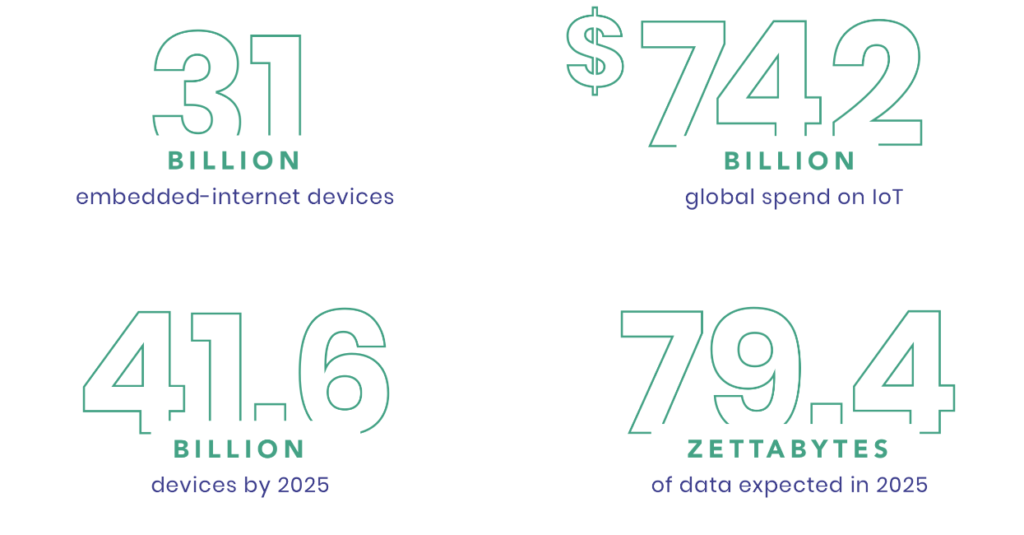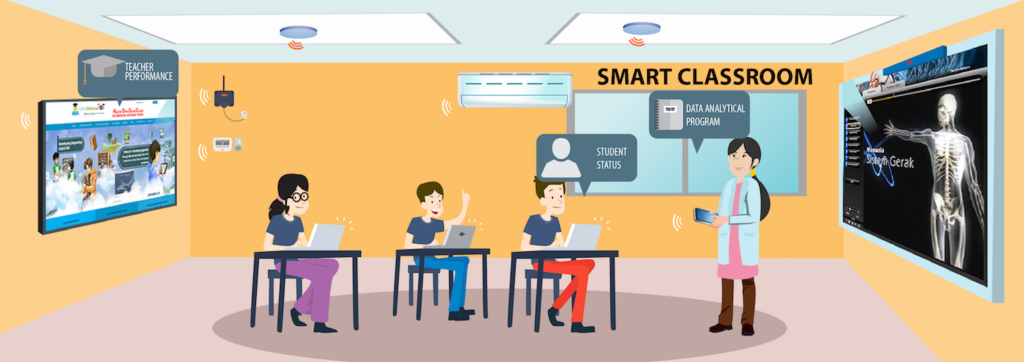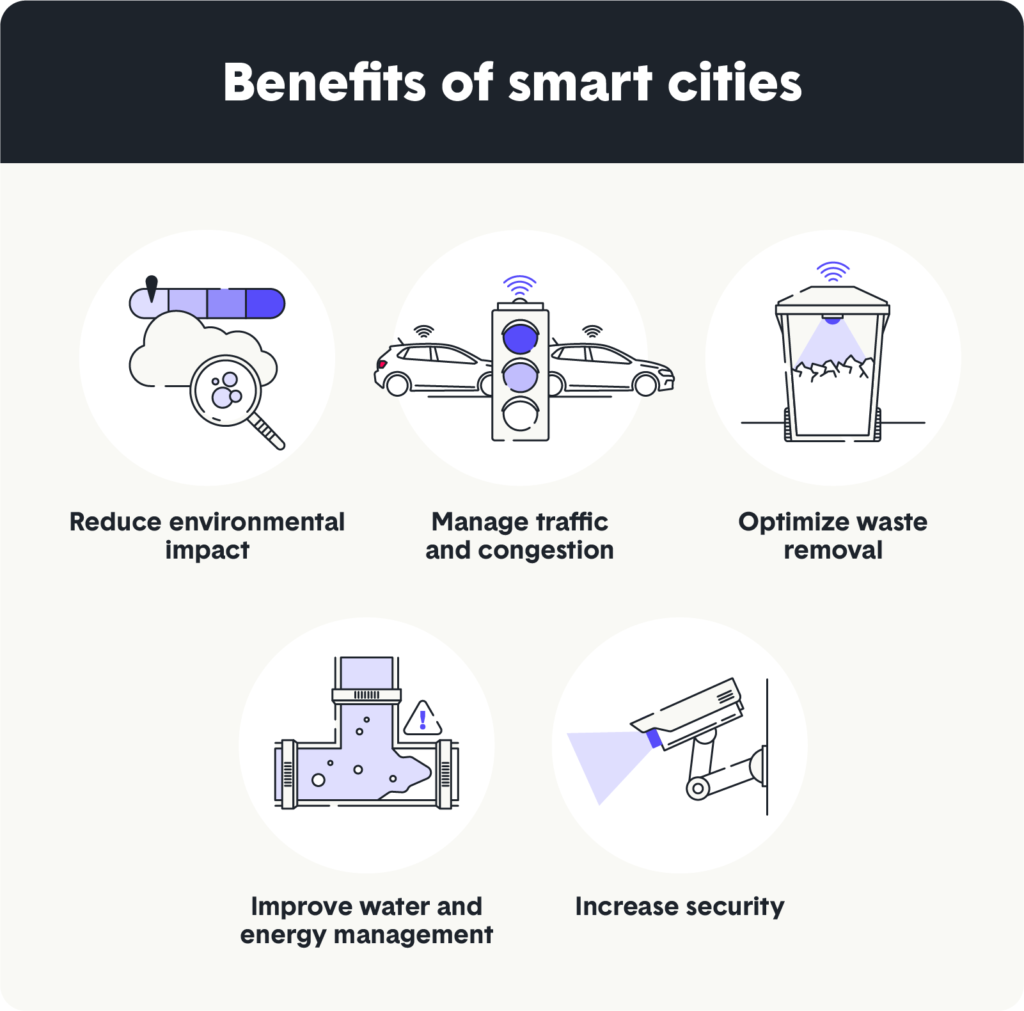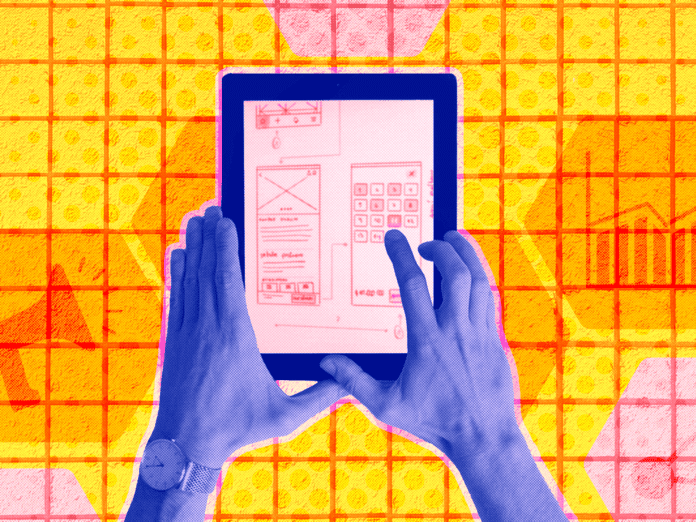
While it is more often than not that service providers overlook the importance of selecting a robust IoT platform as a basis for their IoT solution, a well-picked Internet of Things platform can provide supreme capabilities for deployment, maintenance, monitoring, management, and updating your IoT devices to empower your business and ensure its steady growth. Want to know more about IoT platforms? Check out the guide below.
Why is choice important?
IT experts commonly agree that the role of the Internet of Things in the development of enterprises should not be underestimated, especially in light of the estimated double-digit figures for its market value growth in the years to come. Thanks to the rapid expansion of IoT technology, getting IoT devices online isn’t a challenge anymore; what poses the real difficulty nowadays is getting them to work together securely and efficiently to grow your enterprise. Therefore, as the backbone of every professional IoT deployment, an IoT platform not only has to offer a range of fit-for-purpose solutions for here and now; it needs to provide future-proof technology that would go in step with your business roadmap for the future.
Key criteria
There should be no doubt that device management is at the heart of every IoT deployment. Therefore, the need to manage, monitor, maintain, and update your set of connected objects should be at the forefront of the list of priorities for any IoT project, no matter if it’s an ecosystem consisting of millions of connected devices or a small-scale initiative. Yet, in times of constantly growing consumer expectations and fierce market competition, it doesn’t seem quite enough to choose an IoT platform that would be able to stand up to the task of randomly managing some number of IoT devices.
Far from it — in fact, many factors in the decision-making process need to be taken into account to ensure that the deployment is carried out securely and with an eye for the future. Apart from analyzing the limitations and highlighting the requirements behind a specific IoT use case, some key technical evaluation criteria should be considered while picking the right solution:
Security
First and foremost, any IoT deployment in the making should have a firm and secure basis for development. Ensuring comprehensive security tools for your IoT project is meant to minimize the threat of compromising confidential data of the company or (what’s even worse) third parties and avoid the subsequent risk of losing business integrity. Therefore, IoT platforms specializing in device management should be reviewed in terms of the security solutions they offer. What is more, such functionalities as over-the-air software upgrades (SOTA) or secure DTLS data encryption have evolved from mere conveniences to must-haves.
Scalability
It is crucial to realize that together with enterprise growth, business needs are very likely to change. While handling one hundred smart devices won’t pose difficulties to any IoT platform designed for device management, the complexity and the number of objects being included in the system rise exponentially. Therefore, it is key to check if your IoT platform of choice can boast a portfolio with multi-million object deployments. This knowledge will come in handy when your enterprise starts expanding: your IoT platform will grow with your business.
Interoperability
It is important to remember that data is usually sent via multiple channels and using various IoT protocols due to considerable fragmentation within the IoT environment. Every time a new technology is introduced into a given IoT ecosystem, integration capabilities between devices may be significantly reduced, which in turn may cause further fragmentation and more security threats.
As a response to this challenge, a number of solutions have been proposed to date, including standard-based LwM2M, which is an IoT protocol used for telemetry and device management. Thanks to its structured and well-defined data model, it offers wide-ranging integration possibilities even in the application layer. Also, when picking an IoT platform, attention should be paid to its cross-vendor and cross-platform interoperability features to avoid vendor lock-in. It is also important to be in possession of devices compatible with the Lwm2M standard.
Time to market
This important factor is mainly determined by the IoT platform’s capability to configure the devices seamlessly and out of the box.
Provide stability and credibility
Before you sign up for any IoT platform service, be sure to check the provider to verify their market position, experience in handling similar deployments, and overall business credibility. Go through their customer success stories and references, pay attention to vendor responsiveness and the amount of support they actually offer. This will help to avoid getting tangled up with short-lived startups that offer nothing but empty sales talk.
Platform life expectancy
When selecting an IoT platform, you probably would like to stick to your choice for a longer time to avoid service instability and the resulting financial losses. For a specific deployment to be future-proof, it is essential that the platform that supports it is meant to be around at least for several years has a proven track record and can evolve together with the market (which in some cases may be hard to determine). While it may also happen that your enterprise outlives the IoT platform it uses, the vendor should offer tools to migrate the deployment to another platform seamlessly so that your investment doesn’t go to waste.
Platform compatibility
Ensure that the vendor tries to suit the platform to your needs instead of making your project suit their product capabilities. Also, it is worth paying attention to matching your software language with the platform’s main code. While any modern IoT platform should cooperate with any computer language, it may be better to pick the one with its libraries written in the same language as your software.
Pricing
Being one of the critical considerations, the pricing model of each provider should undergo an in-depth analysis, which is for obvious reasons. After putting forward attractive initial rates, some providers may try to sneak higher prices just before making the deal or keep dark about additional but vital costs.
Summary
Considering the criteria presented above, it is recommended that individual offers of IoT platform providers should be analyzed in detail before choosing the right solution for your business. In this way, you will be able to avoid getting influenced by the sales pitches presented by some of the market players that don’t necessarily match the actual reality of their product. Contrary to the argument that one-size-fits-all solutions are best, a well-crafted IoT platform should be backed by significant expertise and background in the IoT-specific areas to yield a comprehensive and fit-to-purpose solution that would be able to empower your enterprise effectively.
Source : www.iotforall.com
